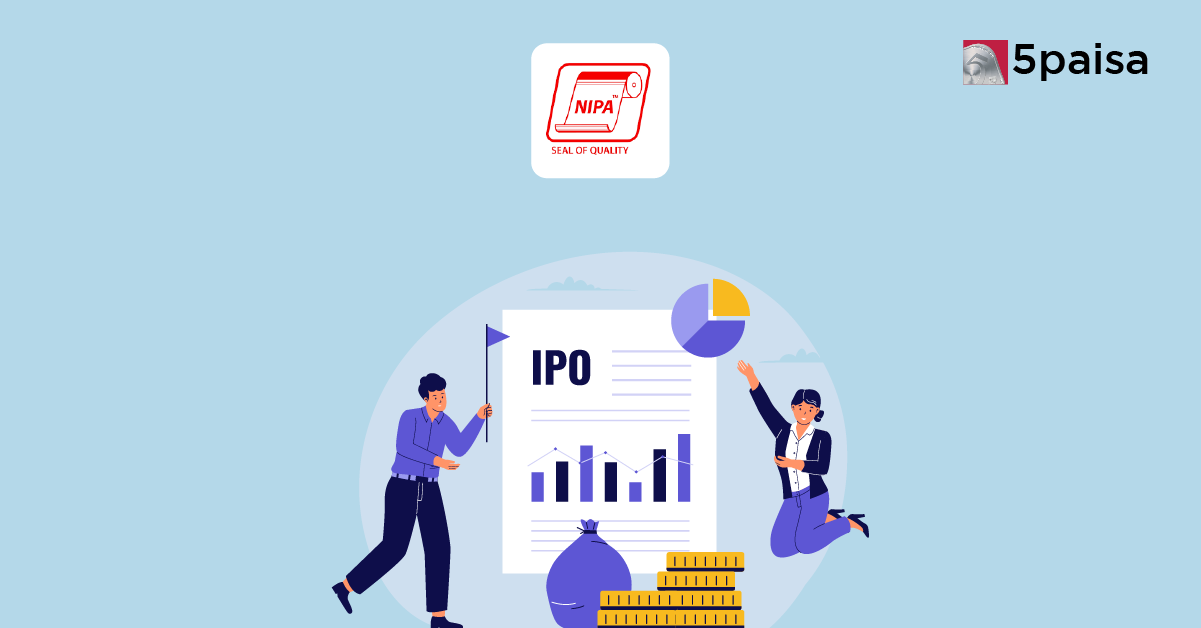iThe current values are delayed, open demat account for live values.
BSE SENSEX
BSE SENSEX Performance
-
Open
81,591.03
-
High
81,816.89
-
Low
81,106.98
-
Prev Close
81,312.32
-
Dividend Yeild
1.02%
-
P/E
22.74

Color code for Stocks Performance
- 5% and above
- 5% to 2%
- 2% to 0.5%
- 0.5% to -0.5%
- -0.5% to -2%
- -2% to -5%
- -5% and below
Constituent Companies
| Company | Market Cap | Market Price | Volume | Sector |
|---|---|---|---|---|
| Asian Paints Ltd | ₹220884 Cr |
₹2297.25
(1.08%)
|
68415 | Paints/Varnish |
| Nestle India Ltd | ₹233177 Cr |
₹2430.25
(1.12%)
|
39369 | FMCG |
| Hindustan Unilever Ltd | ₹554915 Cr |
₹2367.7
(2.24%)
|
97273 | FMCG |
| ITC Ltd | ₹525718 Cr |
₹418.75
(3.42%)
|
990544 | Tobacco Products |
| Larsen & Toubro Ltd | ₹501393 Cr |
₹3655.1
(0.93%)
|
121687 | Infrastructure Developers & Operators |
Other Indices
| Indices Name | Price | Price Change (% change) |
|---|---|---|
| India VIX | 16.42 | -1.6 (-8.88%) |
| Nifty 10 Yr Benchmark G-Sec | 2608.58 | 0.64 (0.02%) |
| Nifty 10 Yr Benchmark G-Sec (Clean Price) | 924.36 | 0.07 (0.01%) |
| Nifty 100 | 25436.3 | 75.2 (0.3%) |
| Nifty 100 Alpha 30 Index | 17751.15 | 57.8 (0.33%) |
Latest News

- May 29, 2025
It’s been a big couple of days for public sector trading companies. Shares of MMTC, STC, and MSTC have taken off, with MMTC leading the way. Its stock shot up 23% in just two sessions. That’s caught the eye of both investors and analysts.

- May 29, 2025
Nikita Papers' initial public offering (IPO) has shown steady progress through its three-day subscription period.
Latest Blogs
Investing in mutual funds is one of the most effective ways to build long-term wealth while benefiting from professional fund management. However, many investors overlook an essential aspect of investing: mutual fund taxation strategies. When you sell mutual fund units at a profit, you may be subject to long-term capital gains (LTCG) tax on mutual funds, which can significantly impact your net returns.
- May 29, 2025

Nifty Prediction for Tomorrow The Nifty 50 closed higher by 81.15 points (+0.33%) at 24,833.60 on May 29, 2025, driven by broad-based buying across sectors. Out of the 50 constituents, 37 stocks ended in the green reflecting a strong advance-decline ratio. IndusInd Bank led the gainers, surging 2.47% to 825.00, followed by Sun Pharma (+1.99%), Eternal (+1.79%), and Adani Ports (+1.74%).
- May 29, 2025

